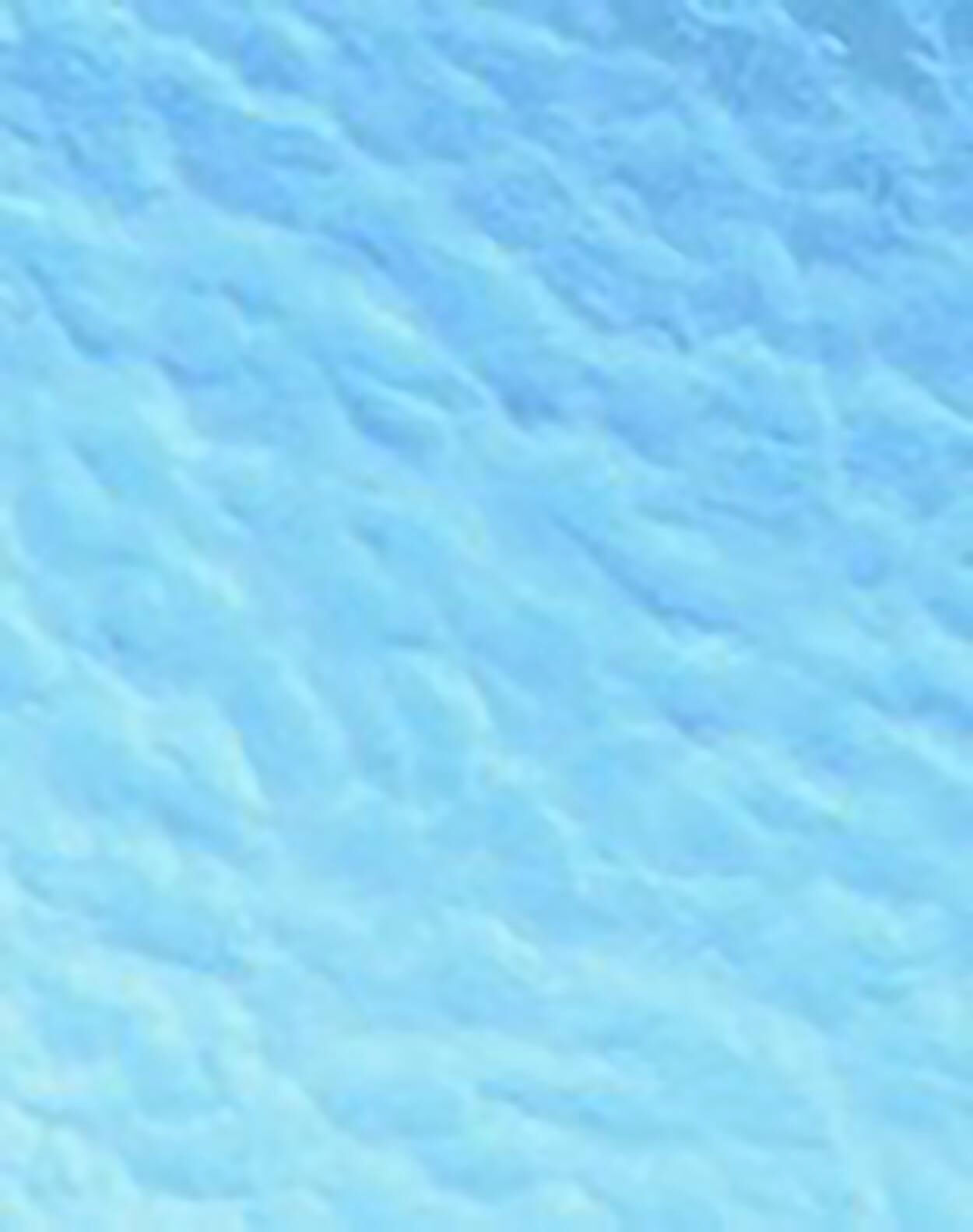
Redness
Redness, whether intermittent or fixed, is a common complaint for patients attending Northside Dermatology. Treating redness effectively begins by determining the underlying cause behind it. Once the source of the redness is identified, a specialist dermatologist can recommend strategies for short-term improvement and long-term management that are tailored to the needs of your unique skin.
What Causes Skin Redness?
Redness can be caused by a number of conditions, including:
- Sun damage
- Rosacea
- Sun-sensitive conditions such as eczema
- Seborrheic dermatitis
- Lupus
- Poikiloderma of Civatte
- Keratosis pilaris rubra faceii
- Post-inflammatory erythema (PIE)
A localised patch of redness may be a precancerous spot, a low-grade skin cancer or even a non-pigmented melanoma. Any concerning lesion should be examined by a specialist dermatologist as soon as possible.
How Does a Specialist Dermatologist Treat Redness?
Redness is a symptom of many dermatological conditions. The success of treatment relies on accurate diagnosis so a treatment plan can be tailored to the specific cause of the redness. Multiple causes may be present simultaneously. If this is the case, each cause must be addressed separately with a different treatment approach. Determining the source of your skin redness requires assessment by a specialist dermatologist. When the diagnosis is not clear based on a visual examination, a biopsy may be necessary.
How Is Redness Related to Chronic Sun Damage, Rosacea or Dilated Capillaries Treated?
There are many redness-causing conditions that respond well to laser treatment. Our vascular laser emits two wavelengths of laser energy to target both superficial redness and deeper redness. We also offer Laser Genesis to improve redness and promote collagen production.
These treatments can be used to improve redness related to chronic sun damage, rosacea, flushing, visible blood vessels and keratosis pilaris rubra faceii. For Poikiloderma of Civatte, the specialist dermatologists use a combination of vascular laser and pigment laser to target both the redness and brown discolouration. For extensive precancerous changes, the dermatologists who consult at Northside Dermatology use either a cream treatment, photodynamic therapy (PDT) or laser PDT.
How Is Redness Related to Flushing Treated?
Flushing occurs when blood vessels in the skin dilate. The vascular laser and laser genesis can safely constrict the blood vessels responsible for the redness with minimal discomfort or downtime. Certain prescription medications can also suppress flushing reactions by regulating vascular activity.
How Is Post-Inflammatory Redness Treated?
Post inflammatory erythema refers to pink or red discolouration that is left behind after acne and other inflammatory skin conditions. Though PIE often improves on its own, it can take weeks to months to fully resolve. For some patients, PIE does not fade. The vascular laser or Laser Genesis can be used to treat persistent redness related to PIE.
Request An Appointment
Temporary redness is a natural reaction to certain emotions and environmental triggers, but when it is a chronic issue, it can have a detrimental effect on your self-esteem. It may also be a sign of a dermatological condition that requires treatment. Book an examination at Northside Dermatology by calling us on 03 8582 8688.
Send us a message
Contact Us
Hours of Operation
Monday - Friday, 9am-5pm
Phone Number
Fax Number
Emails
Medical Enquiries:
reception@northsidedermatology.com.auLaser & Cosmetic Enquiries:
cosmetic@northsidedermatology.com.au